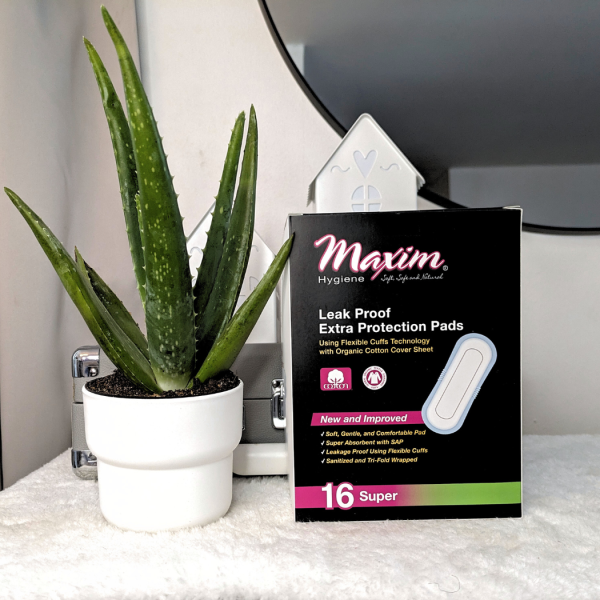Understanding the types of incontinence is crucial for individuals seeking to manage this common condition effectively. From stress incontinence triggered by physical activities to urge incontinence characterized by a sudden need to urinate, each type presents unique challenges that can impact daily life.
The Different Types of Incontinence
Incontinence comes in various forms, each with its own set of triggers and symptoms. Stress incontinence occurs when physical movements like coughing, sneezing, or exercising put pressure on the bladder, causing leaks. It is often associated with weakened pelvic floor muscles. Urge incontinence is characterized by a sudden and intense urge to urinate, leading to involuntary loss of urine. This type can be linked to nerve damage or conditions that affect the bladder’s ability to hold urine. Overflow incontinence happens when the bladder cannot empty properly, resulting in frequent or constant dribbling of urine. Functional incontinence is when physical or mental impairments prevent someone from reaching the toilet in time. Understanding the nuances of each category is the first step in managing this condition effectively.
The Emotional Impact of Living with Incontinence
Living with incontinence can have profound emotional consequences. The fear of an accident can lead to anxiety, especially in social situations or public places. This anxiety often escalates into a reluctance to participate in activities, which can result in isolation and loneliness. Many individuals feel a sense of shame or embarrassment about their condition, which can erode self-esteem and hinder open communication with healthcare professionals or loved ones. Depression is not uncommon, as the constant stress of managing incontinence can be overwhelming. Recognizing these emotional challenges is just as important as understanding the physical aspects of incontinence. Addressing both is key to improving the quality of life for those affected. Support groups and counseling can provide emotional relief and practical coping strategies to those dealing with the psychological burden of incontinence.
Managing and Overcoming Incontinence
Knowledge is power when it comes to managing incontinence. Understanding the condition leads to more effective coping strategies. For stress incontinence, pelvic floor exercises can strengthen muscles and reduce symptoms. Those with urge incontinence may benefit from bladder training techniques, which involve scheduled bathroom visits and delaying urination. In cases of overflow incontinence, medication or surgery may be necessary to address the underlying issues. Dietary changes can also help, as certain foods and drinks can irritate the bladder.
Beyond physical interventions, psychological support is essential. Techniques to reduce stress and anxiety can improve overall well-being and help manage incontinence-related stress. Also, using absorbent products and protective clothing can provide a sense of security and reduce the fear of public embarrassment. Armed with the right knowledge and support, individuals living with incontinence can lead full and active lives.

